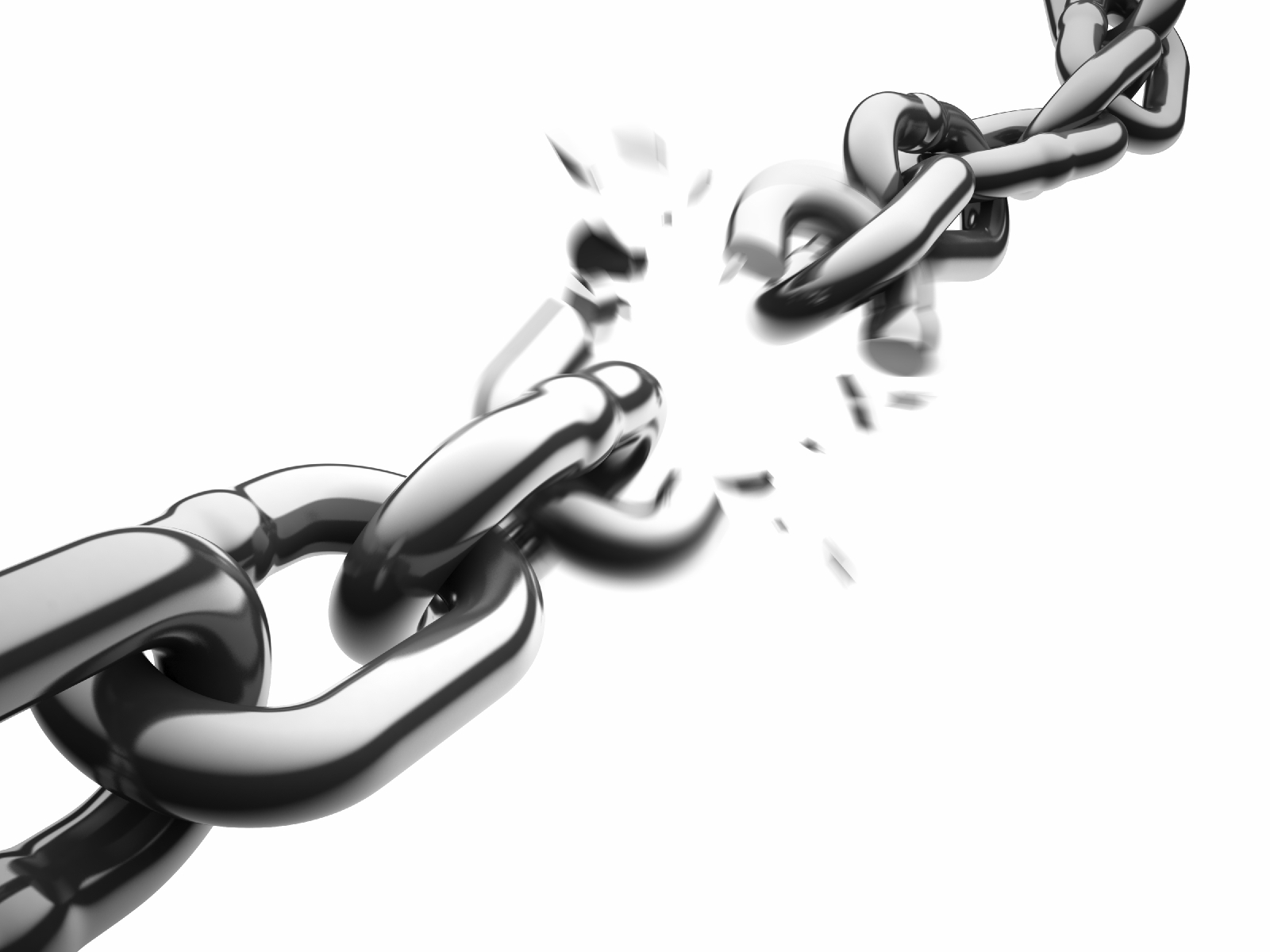The Biggest Trust Myth of All Time
 A lot of casual bloggers out there – and a few not-so-casual writers, even some famous people – are fond of quipping about trust in ways that at first blush sound wise.
A lot of casual bloggers out there – and a few not-so-casual writers, even some famous people – are fond of quipping about trust in ways that at first blush sound wise.
But often, these aphoristic musings turn out on closer inspection to be untrue. They are pop wisdom, bubble gum sayings, reflecting a failure to apply critical thinking to the subject of trust. They belong more to the genre of inspirational wallpaper postings on Pinterest.
Case in point: the common claim that “trust takes years to build, and only minutes to destroy.” It may be the Biggest Trust Myth of All Time.
First, let’s point out some of the myth-purveyors – then we’ll get to why it’s a myth.
The Ubiquity of the Biggest Trust Myth
A simple Google search finds the following:
“It can take years to create trust and only a day to lose it.”…Angus Jenkinson, From Stress to Serenity: Gaining Strength in the Trials of Life
“It’s [sic] takes years to build trust and minutes to lose it.” …@Relationsmentor, with 66,000 Twitter followers
“Trust takes years to build, seconds to break, and forever to repair.”…Amy Rees Anderson, Balancing Work and Family Life Blog
“It takes 20 years to build a reputation and five minutes to ruin it. If you think about that, you’ll do things differently.”…Warren Buffett, America’s favorite billionaire
“Trust is not something you can take for granted. It takes months – sometimes years – to build. Unfortunately, you can lose it overnight.”...Michael Hyatt, author, virtual mentor, online leadership platforms
“Although [trust] takes a long time to develop, it can be destroyed by a single action.”…Frank Sonnenberg, author, leadership expert
“It takes time to build trust and just seconds to blow it away.”…Dunham+Company, strategic marketing and fundraising services provider
“It takes years to build trust and minutes to lose it.”…Vontae Davis, 2X Pro Bowl cornerback for the Indianapolis Colts
“It takes time to earn [trust in leadership] but it takes no time to lose it.”…Building Blocks of Agency Development: a Handbook of Life Insurance
“It takes years to build trust and a single moment to lose it.”…Steve Adams, Children’s Ministry on Purpose: a Purpose-driven Approach to Lead Kids Towards Spiritual Health
All right, you get the idea. Note there are a few respected names on there, along with all the casual opiners. Now let’s see what’s wrong with it.
Myth Busting: The Relationship of Trust and Time
Let’s chip away at this myth a piece at a time.
First, a lot of trust doesn’t take time at all. Most trust gets created in step-functions, in moments-that-matter, in our instantaneous reactions to what someone says or how they comport themselves. We humans are exquisitely tuned relationship detectors, finely honed over eons of evolution to rapidly assess a host of factors revealing others’ good or bad intentions toward us. We make snap judgments because we’re built to do so (and we generally do them well).
Second, the kind of trust that does take time is just one very particular subset of trust: the kind of trust that depends on reliability, dependability, predictability. Almost by definition, the assessment of reliability requires the passage of time, because it requires repetition – and repetition only happens in time.
But reliability is far from the only, or even most powerful, form of trustworthiness. There is credibility, the sense that the other party is smart, capable, expert, competent – an expert. There is intimacy, the sense that the other party understands us deeply, respects our innermost feelings, and is a safe haven for personal issues. There is other-orientation, the sense that the other party has our best interests at heart, rather than just being focused on themselves.
When time-based trust is up against the other types of trust, it is a weak force. When Bernie Madoff’s clients saw a brief hiccup in results, they didn’t lose all trust in him: after all, he had credentials. He understood them (or so they felt). And he donated to their charities. What’s a little blip in his track record, with all that to fall back on?
When a West Virginia lab reported that Volkswagen’s on-the-road emissions results varied massively from those in the lab, Volkswagen didn’t “lose trust in an instant.” On the contrary: the Great Volkswagen successfully denied the obvious (credibility), and had a long-standing positive consumer image. It took years for that fatal data to be acknowledged.
Third, time-based trust is relatively thin trust. I trust Amazon in large part because they have a great track record of delivering my packages correctly and on time. But if my trust is solely based on reliability, it can be overwhelmed – one way or the other – by other factors. Suppose I have a wonderful customer service experience with Amazon: I’m likely to trust them even more, even if they miss a few deliveries. Suppose I have a terrible customer experience with Amazon: my trust will go way down, even if they continue excellent delivery. Time is not the factor it’s cracked up to be.
The Heart of the Matter: It’s Not Time, It’s Quality
The heart of the matter is this: comparing trust gained and lost isn’t a function of time, it’s a function of quality.
If I have a deep level of trust in you, and you screw up a little bit – I’m likely to forgive you, give you another chance, cut you a break. Of course, if you screw up a lot – enough to use up the reservoir of trust we’ve developed – then that’s another matter entirely.
Think about your friends. If you screw up a little bit – forget to bring the salad for the picnic, show up late for the movies, do that annoying thing they asked you not to – do you instantly lose all their trust? Of course not. Only if you betray a deep confidence, or gossip about them behind their back, or conspire to keep them from getting that promotion, will you lose their trust in an instant.
Because it’s the quality of trust gained and trust lost that matters – not the passage of time.
Think Volkswagen; BP; Wells Fargo. Was trust lost “in an instant?” First of all, the ‘instant’ was more like months or longer, but never mind – that’s a pretty short time if you’d previously had years of good reputation. So how do we describe that?
First of all, reputation is not trust. Having a “good reputation” doesn’t say much about trust. For most of us, ‘trusting’ a company just means we like their products, or ‘trust’ them not to violate laws. That’s a pretty low bar.
When a scandal emerges, we lose trust in those companies quickly – not because trust loss is quick, but because there wasn’t much trust there to begin with.
• If I trust you deeply, you’re going to have to do a lot to lose my trust.
• If I trust you shallowly, you can easily lose my trust.
• Whether trust loss happens quickly or slowly is a function of how much trust we had, and how bad was the violation: it is not a function of the calendar.
The next time someone tosses that platitude about ‘trust takes a long time…” at you, try this:
Tell them they’re dead wrong – but that you still trust them. It’s a great counter-example: because if they’re so wrong about trust itself, then shouldn’t their error mean you’d instantly lose trust in them?
——-
By the way, Barbara Kimmel has a similar take on this issue: see The Quote that Does Trust a Disservice.

 One of the more frequent comments I get in talking about being a trusted advisor is this:
One of the more frequent comments I get in talking about being a trusted advisor is this: Trust takes a long time to build, and only a few moments to be destroyed.
Trust takes a long time to build, and only a few moments to be destroyed.